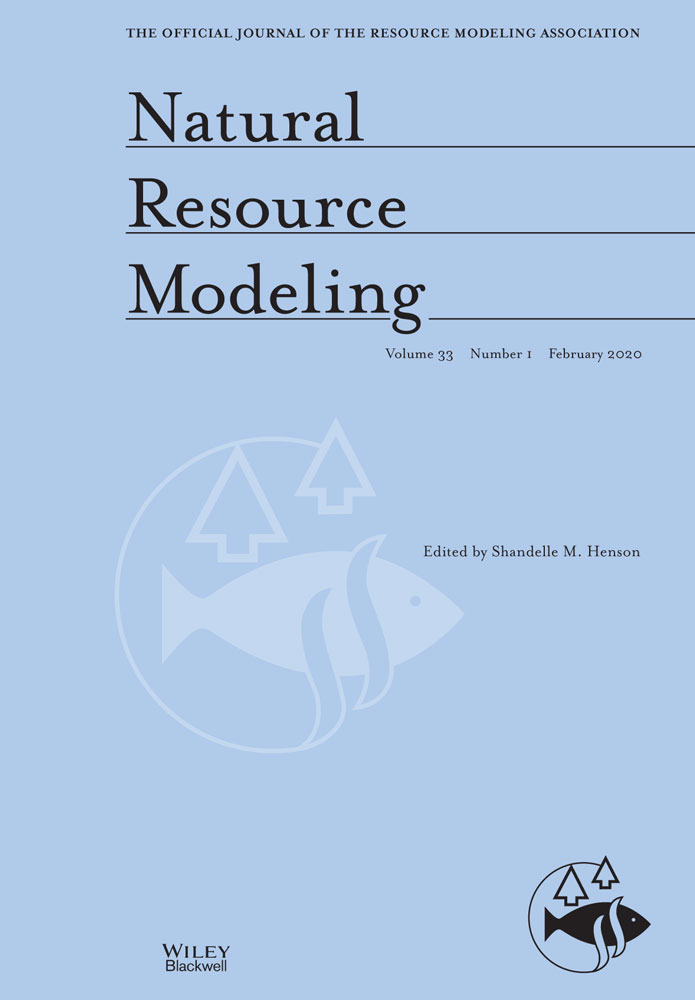Modeling biomass of white birch (Betula platyphylla) in the Lesser Khingan Range of China based on terrestrial 3D laser scanning system
Abstract
The three-dimensional (3D) terrestrial laser scanning (TLS) system was used to obtain the point cloud data of Betula platyphylla sample trees and the diameter at breast height (DBH), tree height, and biomass were measured for these trees. A 3D point cloud model was constructed to obtain the parameters, such as trunk volume, crown volume, and crown surface area. Then, the TLS-based parameters were introduced into the traditional constant allometric ratio (CAR) biomass models. The fitting precision of the modified models was compared with the traditional CAR models. Results showed that (a) the total biomass model and the biomass allocation models by introducing trunk volume and crown volume were optimal in terms of coefficient of determination (R2). The R2 of the total, trunk, branch, and leaf biomass models were 0.990, 0.966, 0.960, and 0.936, respectively. (b) The errors for the modified biomass models with trunk volume and crown volume were the smallest.
Recommendations for Resource Managers
-
Forest biomass represents the primary productivity of forests, which plays an important role in the study of the relationship between forest ecosystems and climate.
-
The traditional constant allometric ratio biomass models were modified by introducing some key parameters from three-dimensional point cloud data, such as trunk volume, crown volume, or crown surface area to improve the fitting precision.
-
Betula platyphylla biomass can be well estimated by the modified biomass models, which can significantly increase the reliability of tracking the changes of carbon stocks of B. platyphylla natural secondary forest in the Lesser Khingan Range of China.




